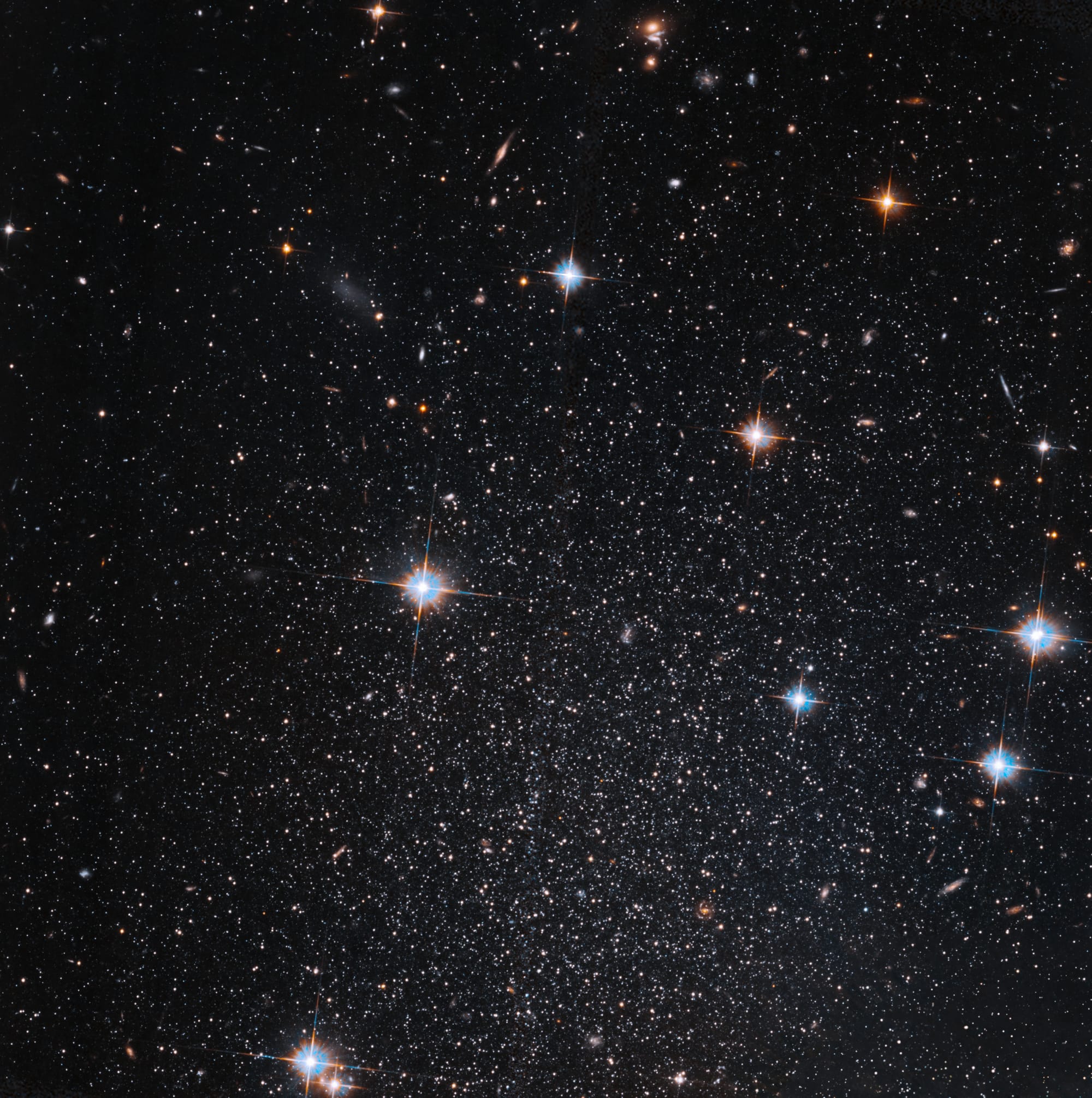Unbound: No 203

California Wants To Regulate AI, But Can't Even Define It
by Eric Siegel Contributor | Forbes

How can you regulate something if you can't even define it?
California is on the brink of passing an AI-regulation bill. But even as SB 1047 sits on Governor Gavin Newsom's desk awaiting potential passage into law, it fails to clearly define the very thing it is about, artificial intelligence. No law can be efficacious if its writing addresses only an amorphous idea, including this one.
Do We Give VR Enough Credit?
by Mike Boland | ARInsider.co

VR continues to be the Rodney Dangerfield of tech: Can’t get no respect. Some in the generalist tech press and broader culture have even pronounced it dead. And most VR industry folks admit that it hasn’t lived up to its potential, and wish it could gain more mainstream embrace.
VR partly has itself to blame for this. Whether or not it failed, it has fallen short of revolutionary proclamations made in its circa-2017 hype cycle. By hyping it so superlatively, VR proponents set a high bar and a narrow set of possibilities: blow everyone’s minds or disappoint. So here we are.
But the effects of that hubris aside (more on that in a bit), the fact is that VR isn’t doing that bad. There are currently some dips in sales performance – such as PSVR 2’s declines this year, and Quest 3’s slowdown after a breakout Q4. But cumulatively, there are strong demand signals.
See A Comet, Aurora And A ‘Supermoon Eclipse:’ September’s Night Sky
by Jamie Carter, Senior Contributor | Forbes
September is one of the best months of the year for stargazing in the northern hemisphere. Not only do the nights get longer and begin earlier as Earth reaches its equinox later in the month, but for many, temperatures will remain warm enough for shirt-sleeve sky-watching in the early evening.
Equinox on Sept. 22 puts Earth side-on to the sun, a favorable alignment for the solar wind to create geomagnetic storms in Earth's magnetic field—which could mean displays of the northern lights at lower-than-usual latitudes. Elsewhere you can watch a "supermoon" be eclipsed, with the added the prospect of a naked-eye comet later at month's end.
🌙 NASA - Best Photo from Last Week
Hubble Pinpoints a Dim, Starry Mini-galaxy
A glittering collection of stars shines against a background of much more distant galaxies in this view from NASA’s Hubble Space Telescope of the Pegasus Dwarf spheroidal galaxy, also known as Andromeda VI.
The Andromeda galaxy, also known as Messier 31, is the Milky Way’s closest grand spiral galaxy neighbor, and is host to at least 13 dwarf galaxies that orbit around it. The Pegasus Dwarf spheroidal galaxy is one of these mini-galaxies. Dwarf spheroidal galaxies are the dimmest and least massive galaxies known. They tend to have elliptical shapes and relatively smooth distributions of stars. Dwarf spheroidal galaxies are usually devoid of gas and dominated by old and intermediate-age stars, although some have experienced small amounts of recent star formation.
The Pegasus Dwarf Spheroidal galaxy was discovered in 1998 and has been characterized as having a small amount of heavy elements and little of the gas needed to form another generation of stars ― though more than many of the dwarf spheroidal galaxies within our Local Group of galaxies. Researchers suspect that Andromeda’s gravitational field may have stripped the star-forming gases from it, leaving a dearth of material to build more than a few generations of stars. In comparison, some of the dwarf spheroidal companion galaxies of the Milky Way found at comparable distances do contain some intermediate-age stars, but this could be because Andromeda is so massive and extended that its gravitational effects extend farther.
The jury is still out on how dwarf spheroidal galaxies form. Theories include collisions between galaxies that break off small fragments, the gravitational influence of larger galaxies on small disk-shaped dwarf galaxies, and processes associated with the birth of small systems among collections of dark matter. Andromeda and the Milky Way are the only galaxies close enough for astronomers to view these dim satellite galaxies, so clues to their formation will have to come from close neighbors like this one.
Hubble studied this galaxy as part of an examination of the entire Andromeda system of satellites in order to investigate such critical matters as dark matter, reionization, and the growth of galactic ecosystems across cosmic time.
Media Contact:
Claire Andreoli
NASA’s Goddard Space Flight Center, Greenbelt, MD
claire.andreoli@nasa.gov
Disclaimer: None of the content in this newsletter is meant to be financial advice. Please do your own due diligence before taking any action related to content within this article.
Disclaimer: Unbound is reader-supported. When you buy through links on our site, we may earn an affiliate commission.
